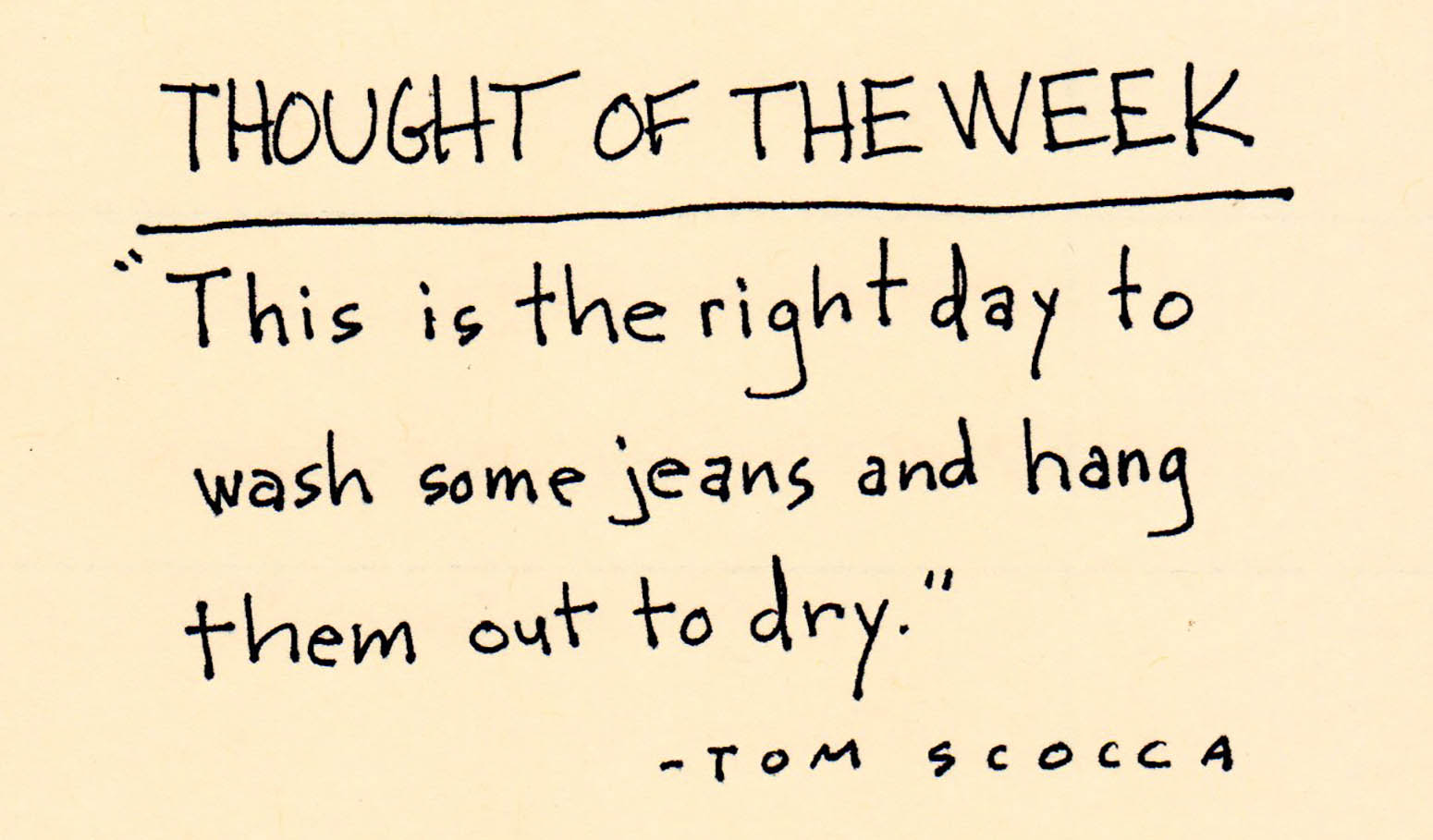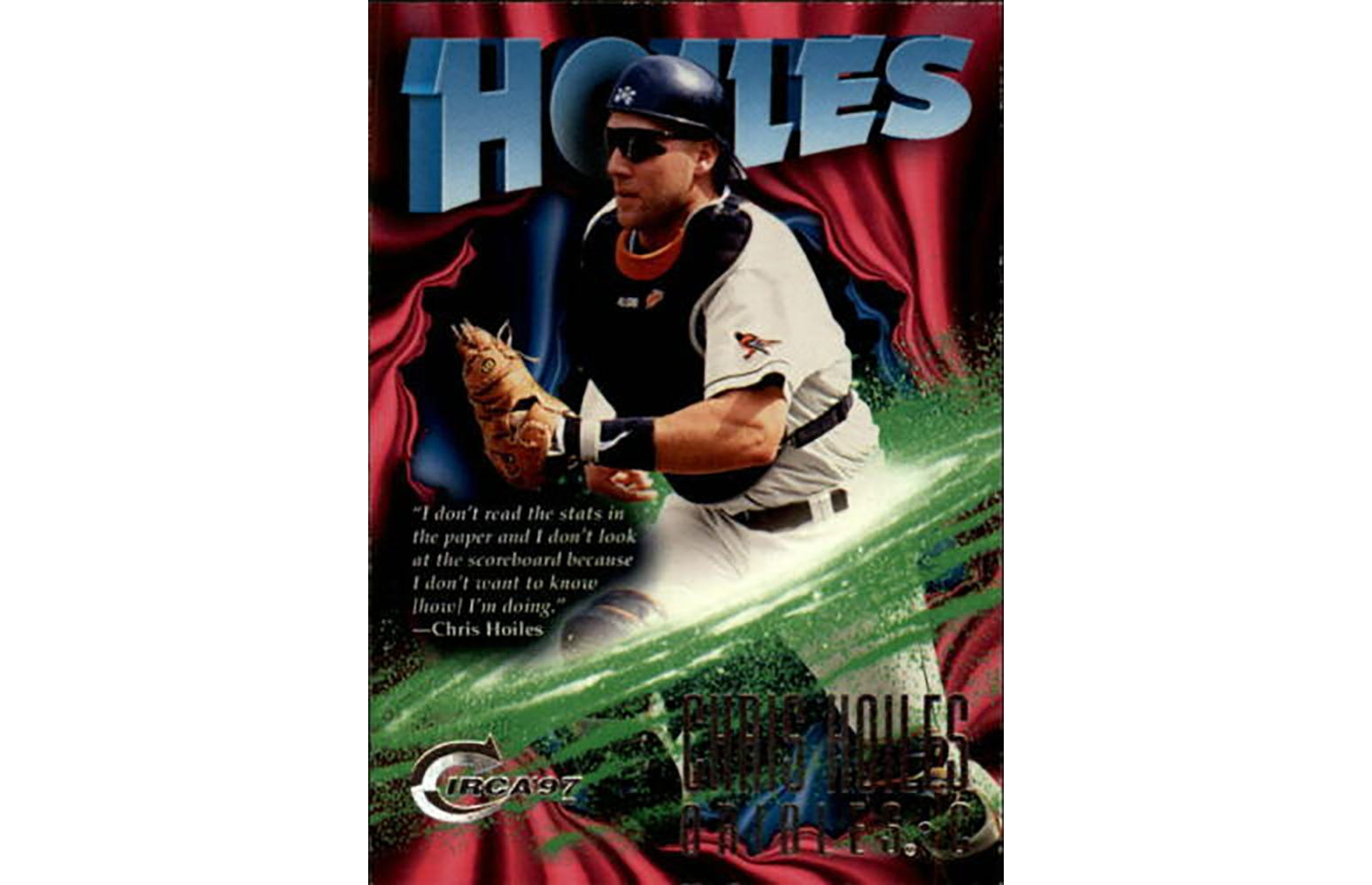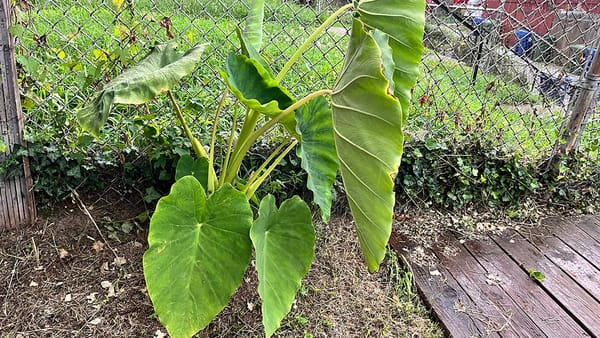Indignity Vol. 1, No. 24: Was Jared Kushner worth $23.40?
FINANCE DEP'T.

Money Talks at Yale
YESTERDAY, THE NEW YORK TIMES broke the news that Beverly Gage, the director of Yale University's Brady-Johnson Program in Grand Strategy, had quit, "saying the university failed to stand up for academic freedom amid inappropriate efforts by its donors to influence its curriculum and faculty hiring." Specifically, the university was pushing to put the program under the supervision of a board appointed by the two benefactors who gave it its name—former Treasury secretary Nicholas Brady and billionaire Republican donor Charles B. Johnson—because, in part, the two wanted Henry Kissinger to have more control over the program's mission and message.
The Brady-Johnson Program in Grand Strategy sounds like it's been a hideous and poisoned project from its inception, but one quietly revealing detail in the story is precisely how much weight these donors were throwing around, as they threw their weight around. Brady and Johnson created the program, the Times reported, with a $17.5 million donation, and Johnson is also responsible for the largest donation in Yale history, a $250 million gift. Gage told the Times that Yale's vice provost
told her that the donors were threatening to sue to reclaim the remaining Grand Strategy endowment. And it was suggested that Mr. Johnson’s $250 million donation might also be in doubt.
Two hundred and fifty million dollars! Seventeen point five million! That's a lot of money—unless, that is, you're Yale University. Billionaires and millionaires may be accustomed to getting their way in this world, but Yale itself is a billionaire. If it were a person, its endowment of $31.2 billion would make it the 19th-richest person in the country, by the Forbes 400 list, right behind Michael Dell of Dell Computers. Except presumably then Harvard would also be a person, and Harvard's $41.9 billion would give it 17th place (between the Koch Industries billionaires and Phil Knight's Nike fortune), bumping Yale down to 20th.
Charles B. Johnson currently sits in a tie for 170th place in the actual human standings of the Forbes 400, with a net worth of $4.3 billion, a mere fraction of Yale's riches. The $17.5 million funding of the Brady-Johnson Program in Grand Strategy would represent 0.06 percent of Yale's money. Johnson's donation of $250 million may be bigger than every other gift in Yale history, but it's not even 1 percent of the university's wealth. (It's 0.8 percent, to be exact.)
To put this in perspective: the median household net worth in the United States is $121,700. On the scale of the median U.S. household, the Brady-Johnson Program in Grand Strategy—for which Yale forced out a director, allowed donors to dictate its academic agenda, and earned itself an embarrassing story in the New York Times—would be worth the equivalent of $68. Johnson's $250 million gift, the loss of which was presented as an apocalyptic threat, would be the equivalent of $973.
Would a normal person let Henry Kissinger call the shots around their house for $68? Would you grant a rich person the indefinite power to jerk your chain, whenever they wanted, for less than a thousand bucks?
In 1998, when Harvard took a $2.5 million donation from New Jersey real estate mogul Charles Kushner shortly before admitting his academically mediocre son Jared, the university was sitting on an endowment worth $13 billion. In household income terms, Harvard helped inflict Jared Kushner on the world for the equivalent of $23.40.
The $9.1 million Harvard collected from Jeffrey Epstein, meanwhile, would be .02 percent of its current endowment, or $26 to a normal household. M.I.T., with an endowment of $18.4 billion, tallied up its own Epstein gifts at $850,000—$5.60, relatively speaking.
Again and again, top universities disgrace themselves chasing what ought to be, by their own standards, paltry sums of money. Schools that would seem to have the reputation and financial resources to stand up for themselves instead let random bigshots boss them around, or chase overseas branding projects that require them to sell out basic standards and freedoms (only to be humiliated anyway).
Top-tier private universities are universally understood—especially by themselves—to be haughty institutions. It's always a little startling to be reminded of how very little self-respect they really have.

THOUGHT DEP’T.

Do you have a thought? Send it to indignity@indignity.net, or go ahead and Tweet it, and include @Read_Indignity to get our attention.

.

SPORTS DEP'T.
The Future of Baseball Is Chris Hoiles
By Jordan Ellenberg
CEDRIC MULLINS, THE center fielder for the Baltimore Orioles, is on the verge of making history. No, not because he last week he became the first Orioles player ever to hit 30 home runs and steal 30 bases in a season. It’s because, with only 59 runs batted in to go with those 30 HR, he is on the verge of finishing below the Hoiles Line—the condition of having exactly twice as many RBI as home runs.
The Hoiles Line is named after Chris Hoiles, the stalwart slugging catcher of the '90s Orioles teams, who is probably best known for having achieved the ultimate in baseball heroism on May 17, 1996, when he hit a grand slam with two outs and a full count in the bottom of the ninth inning, with his team trailing by three runs. Four years before that, though, Hoiles distinguished himself another way: by playing a full season while hitting 20 home runs and driving in only 40 runs.
Ever since then, we've been keeping an eye on the stats to see which players manage to match or exceed that performance. A season below the Hoiles Line is one in which you drive yourself in more than you do everybody else on the team put together.
It’s not an easy thing to do. Traditionally, sluggers who hit a lot of home runs also collect a lot of RBIs. In the whole history of baseball, only ten times has a player with at least 350 plate appearances finished at or below the Hoiles Line. But we are entering the age of Hoiles. Of those ten seasons, five have come since 2016. (And of the remaining five, two came from Barry Bonds in 2001 and 2003, when he broke the Hoiles Line along with all the normal parameters of baseball; Bonds couldn't drive in his teammates because in any remotely threatening situation, pitchers would just intentionally walk him.)
Twenty-first century baseball has been relentlessly optimizing itself toward having pitchers strike out as many batters as possible, while hitters swing for the fences and don't mind if they whiff while trying to hit one out. Or else, like the ever-patient Chris Hoiles used to, those hitters settle for a walk, letting someone else try to collect the RBI. In this all-or-nothing environment, as batting averages drop to their lowest level in generations, there aren't many people trying to drive in runners from second base with a sharp single—or getting themselves to second base for someone else to knock in, either.
Now, heading into the final weekend of 2021, we have the chance to see something really unprecedented: three Hoiles Line seasons in a single year. Besides Mullins, there’s Joey Gallo of the Yankees, who already Hoiles-ed in 2017 and currently sits at 38 HR and 76 RBI; and Mike Zunino of the Tampa Bay Rays, a full 3 RBI under the line at 32 HR and 61 RBI.
Gallo is hitting .199 and leading the majors in strikeouts, and Zunino has nearly as many strikeouts as Gallo per at-bat. They’re classic Hoiles Line sluggers. Mullins isn’t. Baltimore's speedy young outfielder is batting .297, and his 37 doubles and 5 triples would be the most a Hoiles Line hitter has ever had in the live-ball era.
The usual way to land under the Hoiles Line is simply to strike out whenever you don't homer. Cedric Mullins has discovered another way: to play on a team like the 2021 Orioles, where the batters ahead of you never get on base. Mullins is Baltimore's leadoff man. The first time he steps up to the plate in any game, the bases are automatically empty. For the rest of his plate appearances, the bases are almost automatically empty—the Orioles' seventh-, eighth-, and ninth-place hitters have combined to bat .210 with an on-base percentage of .271. There will be more hitters posting Hoiles Line seasons, the way baseball is played now. But there may not be many of those seasons as good, or as wasted, as the one Cedric Mullins is about to wind down.
Jordan Ellenberg is a professor of mathematics at the University of Wisconsin-Madison, finishing his 41st season of Orioles fandom. He is the author of Shape: The Hidden Geometry of Information, Biology, Strategy, Democracy, and Everything Else.

VISUAL CONSCIOUSNESS DEP’T.
The Last Home Game of the Season

More consciousness on Instagram.

REMINDER DEP’T.
THE SOPHIST is here to tell you why you're right. Send your questions to indignity@indignity.net, and get the answers you want.

SANDWICH RECIPE DEP’T.

WE PRESENT instructions for the assembly of sandwiches from Salads, Sandwiches and Chafing Dish Recipes, Copyright 1916, now in the public domain for the delectation of all, written by Marion Harris Neil, M.C.A., former Cookery Editor, The Ladies’ Home Journal, author of How to Cook in Casserole Dishes, Candies and Bonbons and How to Make Them, Canning, Preserving and Pickling, and The Something-Different Dish.
SAVORY CREAM SANDWICHES
1 gill (1/2 cup) whipped cream
2 teaspoonfuls anchovy extract or shrimp paste
1 teaspoonful finely chopped parsley
Unbuttered bread
Salt and pepper to taste
Beaten egg-white or liquid aspic jelly
Paprika
Mix the cream with the anchovy extract, parsley, salt and pepper to taste. Spread on slices of unbuttered bread and cut into squares or triangles; brush the edges with beaten white of egg or liquid aspic jelly, and dust these with chopped parsley and paprika.
If you decide to prepare and enjoy this sandwich, kindly send a picture to us at indignity@indignity.net.





